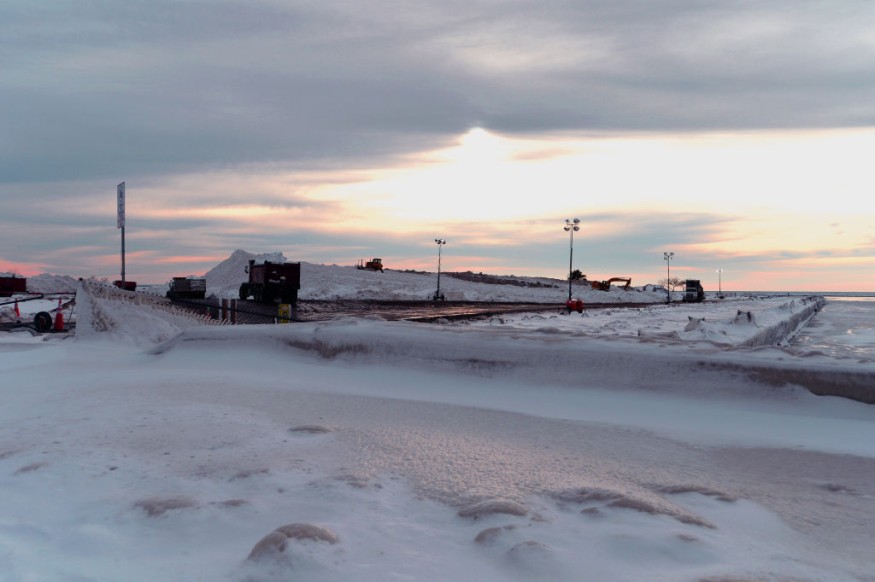Inclement weather consisting of a storm system driven by an atmospheric river will continue to impact the Western US, particularly the Southwest US and the Four Corners region, until the New Year's weekend.
This is according to US weather forecasts that said while there could be a relative temperature warm up in the East Coast, the West Coast will keep on receiving heavy rain and mountain snow.
Inclement Weather

The National Weather Service (NWS) on Wednesday, December 28, issued a short-range forecast regarding the continuance of the inclement weather in the West.
A storm system will progress across the Southwest US and Four corners region, bringing localized heavy rain and mountain snow.
Meanwhile, renewed storm systems will bring moisture into the region starting Thursday, December 29, until the upcoming New Year's weekend with potential excessive heavy rain, mountain snow, and high winds.
On the other hand, increased shower and thunderstorm chances are expected across the Gulf Coast and lower Mississippi Valley.
The NWS also retains it forecast of above-average temperatures for the central and eastern US this week, which was preceded by a massive winter storm or bomb cyclone with blizzard conditions that struck the East Coast.
Latest figure show that more than 70 people have been reported killed due to weather-related incidents brought by the snow storm, according to Fox Weather.
Western US Weather
The US weather agency said a warm and wet weather pattern is overspreading nationwide through at least the incoming days where it is expected to produce heavy precipitation across the West Coast and parts of the Deep South.
In particular, a short break from unsettled weather in the Western US will be replaced by potential torrential rain and heavy mountain snow starting Thursday due to an initial wave of moisture moving further inland and followed by a potent atmospheric river.
What is an Atmospheric River?
According to the National Oceanic and Atmospheric Administration (NOAA), an atmospheric river is a stream of water vapor moving in the sky, which is just like a river moving over land.
This comes from the evidence that the atmosphere can also hold vast amounts of water or even an entire river of water.
The NOAA further describes atmospheric rivers as long, flowing regions within the atmosphere that can reach widths of about 250 to 375 miles and can have a length of more than 1,000 miles.
While rivers on land mostly flow downhill, the said rivers in the sky flow in the direction of moving air created by weather systems.
While the massive lake-effect blizzard ravaged parts of the East recently, the atmospheric river in the Western US brought rain and snow and resulted in several casualties.
The New York Times reported that five people died when the atmospheric river pounded the West earlier this week, causing flooding and mudslides to northwest California and Oregon; where authorities said three out of the five victims died from fatal car crashes due to fallen trees in Oregon.
© 2026 NatureWorldNews.com All rights reserved. Do not reproduce without permission.





